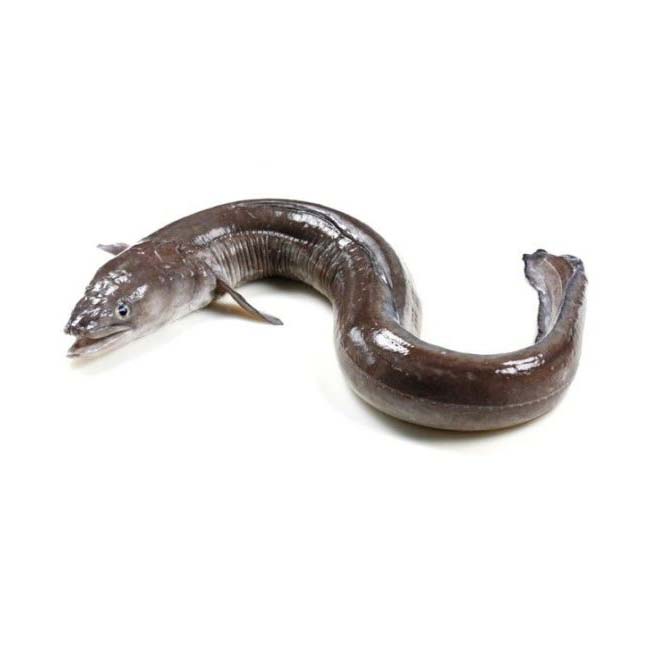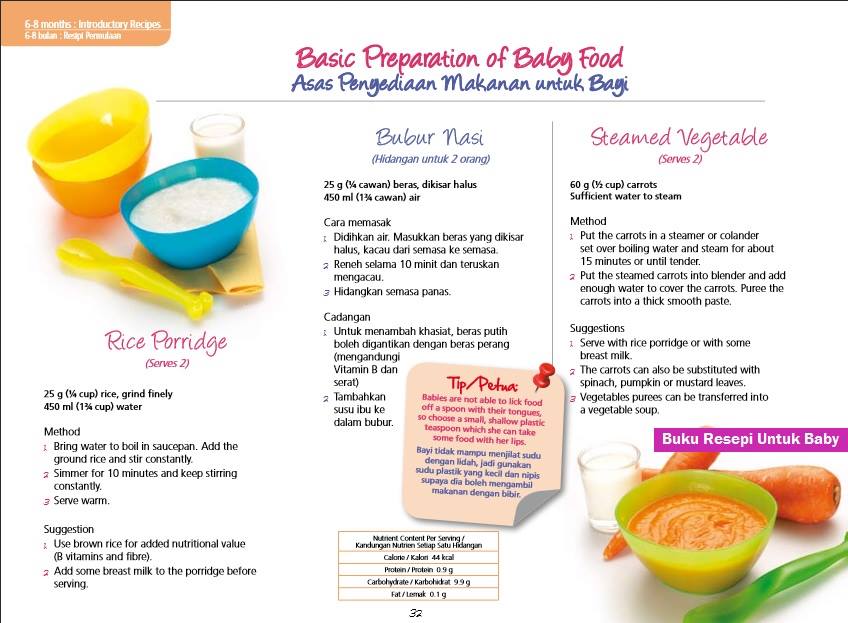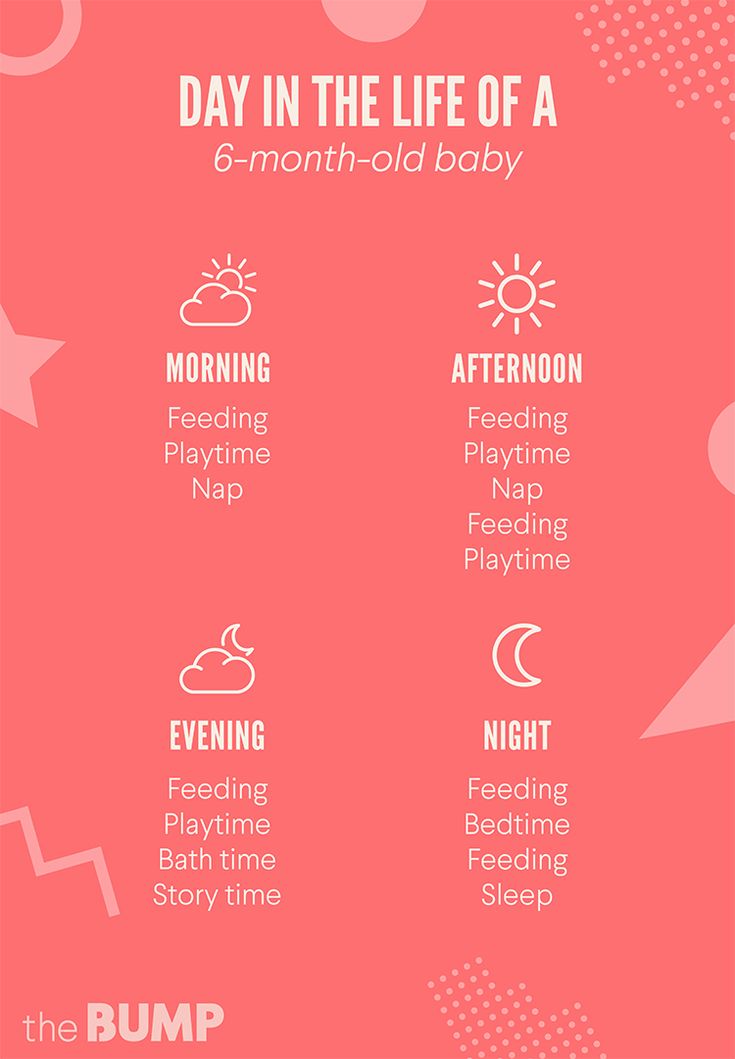How does food get to the baby when pregnant
When does the placenta form, and what does it do? Learn all about the placenta.
One of the many remarkable things about pregnancy is that you're not only growing a new human being, but also an entirely new organ. And pretty much everything your baby needs to develop and thrive flows through it. Find out all about the amazing placenta, including when it forms and what it does.
What is the placenta?
The placenta is a pancake-shaped organ that develops within the wall of your uterus and connects to your baby though the umbilical cord. By the end of pregnancy, it grows to be about 9 inches in diameter and about an inch thick at the center.
What does the placenta do?
- It delivers oxygen and nutrients (such as vitamins, glucose, and water) from your body to the baby's, and processes the waste products from your baby.
- It produces the hormones that help your baby grow and develop.
- It allows antibodies to pass to your baby from your bloodstream.
These antibodies protect against certain bacterial infections and viral illnesses, like diphtheria and measles, until after your baby is born and old enough to get their first vaccinations.
When does the placenta form?
The placenta starts forming as early as six days after fertilization. At this point your baby-to-be is a hollow ball of several hundred cells called a blastocyst. The blastocyst attaches to the lining of the uterus, usually near the top. This is called implantation, and it's completed by day 9 or 10.
The wall of the blastocyst is one cell thick except in one area, where it's three to four cells thick. In the thickened area, the inner cells develop into the embryo. The outer cells throughout the embryo burrow into the lining of the uterus and develop into the placenta.
The placenta produces several hormones that help maintain the pregnancy, including human Chorionic Gonadotropin (hCG), which prevents the ovaries from releasing eggs and stimulates the ovaries to produce estrogen and progesterone continuously.![]() (Home pregnancy tests measure levels of hCG in your urine.)
(Home pregnancy tests measure levels of hCG in your urine.)
The placenta is fully formed by 18 to 20 weeks but continues to grow throughout pregnancy. At delivery, it weighs about 1 pound.
How the placenta works
The placenta connects to the umbilical cord through thousands of microscopic "fingers" of tissue (chorionic villi) containing a network of blood vessels that connect to the embryo's circulatory system. The villi are formed by 6 weeks of pregnancy, and your blood fills the spaces around them by 12 weeks. When your blood comes in contact with the villi, nutrients are exchanged for waste through the villi walls.
The villi also act as a filter, preventing some viruses and bacteria from reaching your baby, while allowing molecules of everything you ingest as well as antibodies and gases to pass through.
How do babies get nutrients in the womb?
Your baby needs nourishment from the get-go. Until the placenta is developed enough to provide nutrients, your baby receives nutrients from the lining of the uterus, called the endometrium. (These same endometrial cells will quickly multiply to form the placenta.)
(These same endometrial cells will quickly multiply to form the placenta.)
Advertisement | page continues below
In the early weeks of pregnancy, glands in the uterine lining secrete glucose, which it stores as glycogen. At first, this glycogen is the only source of nourishment for your baby.
At about 8 to 12 weeks into pregnancy, the placenta takes over as a nutrient source for your baby. (And at this point the uterus stops secreting glycogen.) Here's how it works:
- When you eat, the food travels to your stomach, where it's broken down (digested) into glucose, fats, vitamins, minerals, and protein.
- The nutrients are absorbed into your bloodstream and travel to the placenta.
- Blood vessels in the umbilical cord pass the nutrients from the placenta to vessels that flow from the umbilical cord to the baby. At this point, your baby will begin to gain weight more quickly. The umbilical cord also returns waste products from your baby to the placenta and into your circulation for elimination.

Wondering how fast the food you eat reaches your baby? It depends on how quickly the food is digested and enters your bloodstream. Some foods may take several hours, while substances like caffeine can enter your bloodstream and cross the placenta in a very short time. For more information, watch our video on how food reaches your baby.
Harmful substances that cross the placenta
Along with all the good things that are transferred to your baby, some harmful ones can cross the placenta too. These include alcohol, nicotine, and illegal drugs as well as some medications.
No safe level has been established for alcohol consumption during pregnancy, and experts recommend not drinking any amount while you're expecting. The same goes for smoking and using illegal drugs. Although marijuana is legal in some states, experts recommend against using it during pregnancy.
Use caution when taking prescribed and over-the-counter medications during pregnancy because most cross the placenta.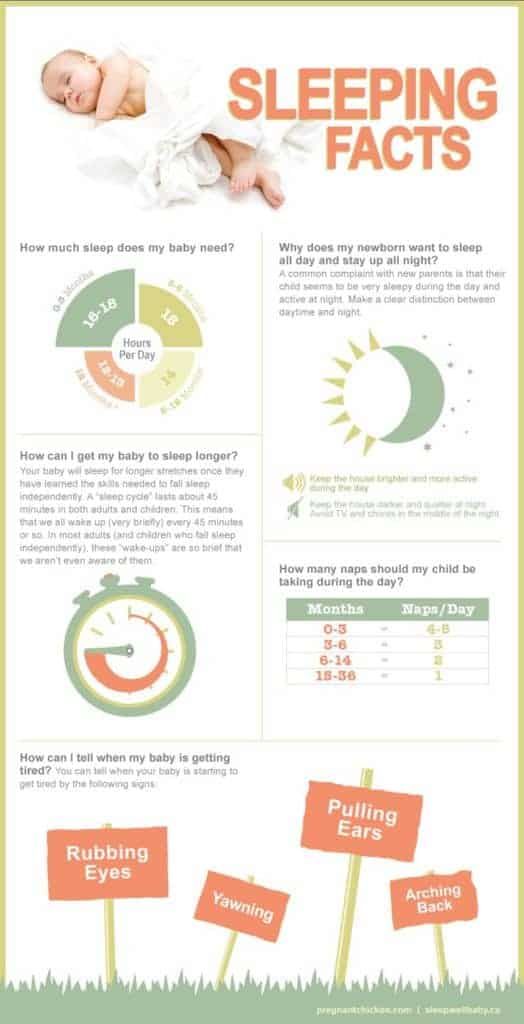 Although many medications are considered safe for your baby, a few are known to cause birth defects. And for many drugs, there simply is not enough research to know their effects on an unborn baby. Your provider can help you determine whether the benefits of a certain drug outweigh the risks in your case.
Although many medications are considered safe for your baby, a few are known to cause birth defects. And for many drugs, there simply is not enough research to know their effects on an unborn baby. Your provider can help you determine whether the benefits of a certain drug outweigh the risks in your case.
Although the placenta acts as a barrier to most bacteria, some viruses and small bacteria can cross it. Many have no effect, but others can be harmful to a developing baby. That's one reason why it's important to get all recommended vaccinations before and during pregnancy, including a flu shot and a Tdap vaccine to protect against tetanus, diphtheria, and pertussis (whooping cough).
Both the flu and pertussis can be life-threatening for babies, and getting these vaccines while you're pregnant enables antibodies to pass through the placenta that will protect your newborn from catching these illnesses. Getting your COVID vaccine and boosters will help protect you from infection and will also provide your baby with antibodies through the placenta (and your breast milk, if you breastfeed).
Here are a few other things you can do to promote a healthy placenta and a healthy baby:
- Go to all your prenatal checkups and work with your healthcare provider to manage any health conditions, such as high blood pressure, which can cause problems with the placenta.
- Don't smoke or use drugs. Placental problems, like placental abruption, are more common in women who smoke, use illegal drugs (like cocaine and heroin), or abuse medications (like opioids).
Delivering the placenta
A few minutes after your baby is born, the placenta detaches from the wall of your uterus and is delivered through your vagina. This is called the "afterbirth."
You'll have a few contractions, but this stage of childbirth usually lasts only about five to 30 minutes and feels more like menstrual cramps than labor pains. (If you're having a c-section, your doctor will remove the placenta manually.)
If you want, and if you've made prior arrangements with your provider, you can save the placenta. Some women believe that encapsulating and eating the placenta after birth helps them recover faster, though there's no scientific evidence to support this claim.
Some women believe that encapsulating and eating the placenta after birth helps them recover faster, though there's no scientific evidence to support this claim.
Also note that some experts think eating the placenta may be harmful, as there are potential risks, including infection and heavy metal contamination. Be sure to discuss this topic with your provider if it's something you're considering.
Learn more:
Placenta previa
Placenta accreta
Slideshow: Fetal development, week by week
Was this article helpful?
Yes
No
How does the fetus get nutrients in the uterus?
What does a baby eat while is in the womb? How does a baby eat? Which nutrients are very important? Find out in our text.
Let’s start by reminding you what our digestive system does. Processing the food we ate, it releases nutrients and energy. The body uses energy for “power”, and for all physical movements that we do during the day, as well as to perform all physiological processes in the body.
Ingesting nutrients, vitamins and minerals, the body uses everything – from building cell structures of skin, muscles, bones, blood, hair, brain, supporting important systems such as the immune system. So you are built from what you eat. So is your baby. That is why proper nutrition during pregnancy is very important.
Grow baby!
Your baby needs nutrients just as much as you do. But while it is in the stomach, it absorbs nutrients a little different from you. Yet her digestive system is still evolving. How then does a baby eat? To better explain, we will briefly say a few important things about the placenta and amniotic fluid… After that, we will be very close to the final answer.
- Placenta – A completely new organ that is formed during pregnancy. It connects with the umbilical cord mom and baby. It begins to form at the earliest stage of pregnancy, six days after fertilization.
Here are its functions:
- Delivers oxygen and nutrients from your bloodstream to your baby, via the umbilical cord.

- Produces hormones that stimulate the growth of the baby.
- Transmits your antibodies that protect your baby from infection and disease. Your antibodies will protect a baby from getting sick for a certain period even after it is born!
- Fetal water (Amniotic fluid) – fluid in which the baby resides (floats) during pregnancy. The pregnant woman’s body starts producing it at around the 12th day after conception. Until the twentieth week of pregnancy, the water is made up only of the water that you take in (drink). But after about 20 weeks, the baby’s kidneys start working and the baby starts urinating! From that moment on, the amniotic fluid also consists of the baby’s urine. But don’t worry. It is a completely safe environment for her. Moreover, the baby breathes every day, it drinks and smells of amniotic fluid. In addition to protecting and warming the baby while it is in the womb, the amniotic fluid also helps the baby to develop and feed properly.

Baby, enjoy your meal!
Finally, here is the answer to the question:
- A pregnant woman eats a nutritious and tasty meal.
- Nutrients go into her bloodstream.
- Nutrients from the bloodstream are delivered to the baby via the placenta and amniotic fluid.
- The baby’s body uses nutrients for proper growth and development.
Important vitamins and minerals in pregnancy
Although supplements cannot replace a healthy and varied diet, it should be borne in mind that pregnancy is a very demanding period for a woman when she and her baby need an additional intake of important nutrients.
Pregnatol Multi + Active Folate contains 20 nutrients, carefully selected and adapted to increased needs during pregnancy and lactation, to ensure healthy growth and fetal and neonatal development.
Pregnatol Active Folate + Vit B12 contains folate and vitamin B12 in natural forms, which are active and are certainly fully utilized in the body.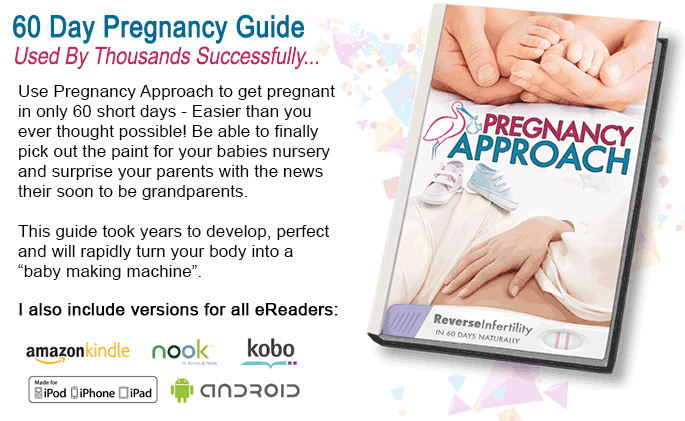
Pregnatol DHA contains natural microalgae oil with DHA and is used to replace omega-3 DHA fatty acids in pregnant and lactating women, for healthy brain development and baby vision.
Do you know?
Viruses and patience. Time is on our side. How do we treat them and what are we doing wrong?
What is it we are supposed to do in case of viral infection, and what is it that we should avoid? At the conference that the company 4U pharma organized for the media and held in the hotel Kristal, on 22 nd September, eminent experts gave the answers to these questions and also provided some important guidelines. Learn more about it in the text below.
Learn More
Recovery after a miscarriage and planning a new pregnancy
Spontaneous abortion is difficult to bear and it takes strength and time for one of them to recover. Apart from the fact that the body must physically recover, it is also necessary for it to heal emotionally. Learn more.
Apart from the fact that the body must physically recover, it is also necessary for it to heal emotionally. Learn more.
Learn More
How the baby is fed in the womb
In the first two weeks after fertilization, while the egg has not yet had time to implant into the uterine wall and acquire the placenta, it receives nutrients from its thickened inner shell - the yolk sac.
From the fourth week, the embryo receives the oxygen and nutrients it needs through the chorionic villi, which then transforms into the placenta - a reliable home for the baby, which protects him, and is also the main organ that exchanges between mother and fetus. The placenta is also called the baby's place. This is a temporary organ that is formed and works only during pregnancy.
It is through the placenta that the baby communicates with the mother's body. From here, it receives proteins necessary for the structure of tissues, carbohydrates for energy and maintenance of the body, and fats, vitamins and minerals for proper metabolism. Through the placenta, the child also receives oxygen - without it, the body of the fetus cannot exist. All metabolic products are also excreted through the placenta. The placenta protects the child from infection, prevents immunological conflict between the foreign tissues of the mother and the child, and supplies both organisms with the hormones necessary for their development.
From here, it receives proteins necessary for the structure of tissues, carbohydrates for energy and maintenance of the body, and fats, vitamins and minerals for proper metabolism. Through the placenta, the child also receives oxygen - without it, the body of the fetus cannot exist. All metabolic products are also excreted through the placenta. The placenta protects the child from infection, prevents immunological conflict between the foreign tissues of the mother and the child, and supplies both organisms with the hormones necessary for their development.
See also: How to restore breasts after pregnancy
its bones and soft tissues. The fetus developing in the uterus requires a certain amount of proteins, fats, carbohydrates, vitamins and minerals. All these substances enter the mother's body with food, are broken down in the digestive system to simple molecules and absorbed into the blood, which delivers all the vital components to the fetus.
The womb is a unique microsystem that protects the baby and constantly adapts to its changing needs. Mother and fetus organisms work in unison. Even a slight change in the level of one of the indicators of the composition of the child's blood instantly causes a compensatory reaction of the mother's body. This feedback guarantees the supply of all nutrients, vitamins and minerals necessary for the normal growth and development of the baby. At the same time, this ensures the removal of the waste products of the fetus from its body.
The fetus is connected to the mother's body through the placenta and vessels that form the umbilical cord. The umbilical cord is made up of two arteries and a vein, similar to a cord with several ropes, which are twisted together and covered with a sheath. This makes the umbilical cord extremely durable. The umbilical cord can twist and turn, and the force of blood flow in the arteries keeps it taut so your baby can't get tangled up in it. During pregnancy, the length and width of the umbilical cord increases with the growth of the fetus.
During pregnancy, the placenta also changes to meet the nutritional needs of the fetus. It controls the transfer of nutrients from mother to baby, as well as hormones and other substances. However, if the mother's diet is deficient in nutrients, the placenta will not be able to fully develop to provide the fetus with an effective supply. The low nutrient content of the mother's blood will permanently inhibit the normal functioning of the placenta. The placenta becomes unnecessary when the umbilical cord is cut - at this moment all the organs of the child begin to function independently.
Read also: Why shouldn't pregnant women wear heels?
The baby is able to extract from the mother's body some of the substances he needs, for example, most often this refers to calcium, which is washed out of the mother's bones if this mineral is absent in her diet. But his need for energy and nutrients is met in a different way. And if the mother suffers from malnutrition, the child will suffer with her. If a mother is systematically malnourished, the placenta will not be able to fully develop to supply the developing baby with everything it needs. This, in turn, increases the risk of miscarriage and premature birth, as well as low birth weight in the newborn. It is necessary to take your pregnancy with all responsibility and make your diet complete and balanced.
If a mother is systematically malnourished, the placenta will not be able to fully develop to supply the developing baby with everything it needs. This, in turn, increases the risk of miscarriage and premature birth, as well as low birth weight in the newborn. It is necessary to take your pregnancy with all responsibility and make your diet complete and balanced.
Read Ivona.ua in Google News
How does a fetus eat in the womb?
As the German philosopher Ludwig Feuerbach said: “We are what we eat”, and in the case of fetuses this is absolutely true. And this is indisputable: our body consists of molecules of substances that are formed from the food that we eat daily.
In the womb, the fetus can eat and breathe thanks to the placenta . This is how food and oxygen come in.
No wish list yet?: Create your free birth list
When in the womb, the fetus can be fed and breathed through the blood circulating in the umbilical cord, which originates from the placenta. It is from this tube, which connects the child to the mother, that the child can receive the substances he needs for life, just as if he were eating and breathing.
It is from this tube, which connects the child to the mother, that the child can receive the substances he needs for life, just as if he were eating and breathing.
During the nine months of pregnancy, the placenta provides the fetus with a continuous flow of food and oxygen and eliminates what the baby's metabolism does not need.
Index
- 1 How does food get to the fetus?
- 2 How does fetal breathing occur?
- 3 How long does it take for food to reach the fetus?
- 3.1 How does oxygen reach the fetus?
- 3.2 What passes through the umbilical cord?
How does food get to the fetus?
Food can reach the fetus through the chorionic villi that form the germinal part of the placenta. At the same time, the placenta is a barrier for part of the blood and a filter for the rest , that is, for substances that must be able to be exchanged between mother and child in her womb, including maternal hormones and antibodies.
Rich in capillaries, they absorb nutrients from the mother's blood vessels. Thus, the baby receives the nutrition he needs, assimilating it from the mother's body. For this reason, it is very important that pregnant women eat a healthy and balanced diet, because everything that reaches the child will affect his health. in their growth and health .
Although it is not possible to know exactly how long after food reaches the fetus, essential nutrients are usually absorbed quickly by the baby. To feel the movement, some moms eat something sweet. This is due to the fact that, unlike more complex macromolecules, glucose quickly reaches the child. through placenta and umbilical cord .
How does fetal breathing occur?
Fetal respiration starts at twelfth week . While in the womb, the baby is immersed in amniotic fluid and cannot yet breathe on its own through the lungs, which will only function at birth. Oxygen enters the fetus through the placenta and umbilical vein , leaving the maternal blood, in which it is more concentrated, and passing into the fetal blood, which, on the contrary, is very poor, giving up carbon dioxide and waste first. It has been shown that a limited supply of oxygen can retard a child's development and that the placenta is sensitive to nicotine : this is why it is recommended to stop smoking during pregnancy. In contrast, activities that allow the mother to breathe deeply, such as playing sports or climbing stairs They act as healthy exercise for the baby.
Oxygen enters the fetus through the placenta and umbilical vein , leaving the maternal blood, in which it is more concentrated, and passing into the fetal blood, which, on the contrary, is very poor, giving up carbon dioxide and waste first. It has been shown that a limited supply of oxygen can retard a child's development and that the placenta is sensitive to nicotine : this is why it is recommended to stop smoking during pregnancy. In contrast, activities that allow the mother to breathe deeply, such as playing sports or climbing stairs They act as healthy exercise for the baby.
In fact, it can be said that babies do not breathe at all when they are in the womb. Rather, s feed on oxygen and other nutrients, such as vitamins and proteins, via cord blood.
How long does it take food to reach the fetus?
It seems that from the eighth week of pregnancy, the fetus is endowed with taste buds, and later these papillae begin to connect with the brain, giving rise to the development of a sense of taste .


